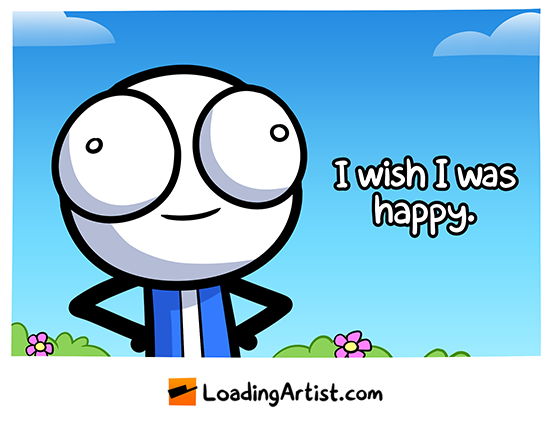

#JUST ROLL WITH IT PATREON FULL#
For Conte, these marathon Pomplamoose recording sessions represent a lively engineering challenge: “It's a fun problem, and a different problem than being an artist-it's systematizing and scaling media production.” If things click along as planned, each song takes exactly two hours-“an hour to arrange, an hour to record.” So far this morning, they're more or less on track: The band has already wrapped one number, a loungey cover of Daft Punk's “Something About Us.” Next up is what Dawn calls “the most complicated song” on the agenda, incorporating a full string quartet: Randy Newman's “You've Got a Friend in Me.” They chose it, she notes, because “the new Toy Story is coming out soon” and Pomplamoose is hoping to piggyback on a spike in searches for the song.Ĭonte plants himself at a Fender Rhodes keyboard and checks in with one of today's guest musicians, a YouTube violinist of some prominence. Bald up top, he tends toward baseball caps-right now in LA it's a beige one embroidered with the silhouette of Kokopelli, the Native American flute-playing deity. Patreon's most recent valuation, in 2017, put the company's worth at $450 million, but in 2019 both TechCrunch and Forbes have estimated that it is approaching $1 billion-which is also the total sum Patreon says it will have sent to creators by year's end.Ĭonte is tall and lanky, with a broad smile and a voluminous smokestack of facial hair. The company makes money by taking a cut from all this fan-to-creator commerce.

(Unlike on Kickstarter, where supporters pitch in toward the completion of an individual project, on Patreon the money goes toward a creator's ongoing output and livelihood generally.) In turn, Patreon encourages creators to treat these patrons less like charitable benefactors and more like members who have purchased admission to a club-entitling them to exclusive perks, whether it's gated chat sessions, bonus content, or early peeks at a work in progress. But you also set up a Patreon page and direct your fans there in the hope that they will become your “patrons,” committing themselves to recurring monthly payments. Here's how Patreon works: You, a creator in search of funds, keep producing and distributing things wherever you usually do-Medium, SoundCloud, YouTube, whatever. “It's tricky because you have to take the algorithm into consideration-otherwise you aren't being a smart businessperson-but it changes frequently enough that you can't just chase algorithms, either.” She thinks for a second. It's not an arbitrary regimen: “YouTube's algorithm promotes channels that are releasing frequent content,” Dawn explains. This allows them to post one video per week to YouTube, for a total of 52 per year. “It's a production flow-an assembly line.” They book eight-hour blocks of studio time, invite a rotating cast of musicians, and pay some guys to film and edit footage. “We come down here once a month and record four songs,” Conte says. Though they live in the Bay Area, these days the couple flies to LA, where session musicians are plentiful, to crank out music as Pomplamoose. Making one video could take a week.īut then Conte got a high-powered day job working in tech, and to keep their following alive, he and Dawn had to start squeezing an elaborate and intense production routine into the crevices of his schedule. They also did all the arranging, filming, and editing. When they started out, Conte worked on the band full-time he and Dawn would usually play all the instruments themselves. They've spent 11 years together building an online following, mostly on the strength of their idiosyncratic, hyper-proficient pop covers-Lady Gaga's “Telephone” featuring eight-part harmonies, a xylophone, and a toy piano ( 9.5 million YouTube views) Beyoncé's “Single Ladies” arranged for upright piano, jazz bass, and an old Polaroid camera repurposed as a percussion instrument ( 11 million views). Together with his wife, the singer-songwriter Nataly Dawn, Conte is one-half of a band called Pomplamoose. When the clock strikes 11:17 and the doing-it has yet to commence, he cries out again, “Let's do it, let's do it, let's go!”

Conte's been here since 9 am, leading everyone through a packed day of recording. “Let's do it!” he cries out, sounding martial and chipper at once, like a high school drama teacher. It's 11:16 am on a Saturday, and Jack Conte-bright-eyed, bushy-bearded-is zigzagging around a cramped Los Angeles recording studio, dodging eight musicians, two cameramen, a sound engineer, and a profusion of instruments, cords, and mic stands.


 0 kommentar(er)
0 kommentar(er)
